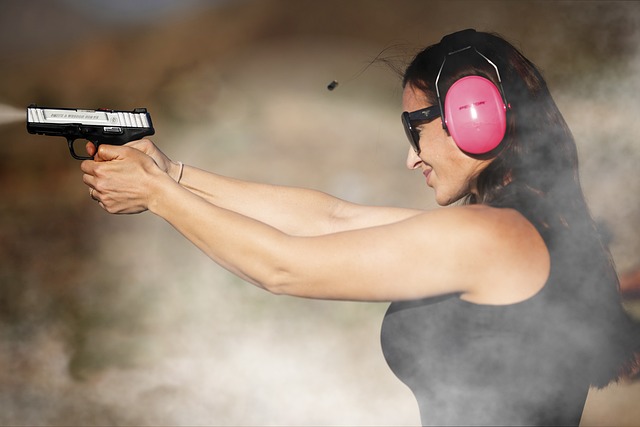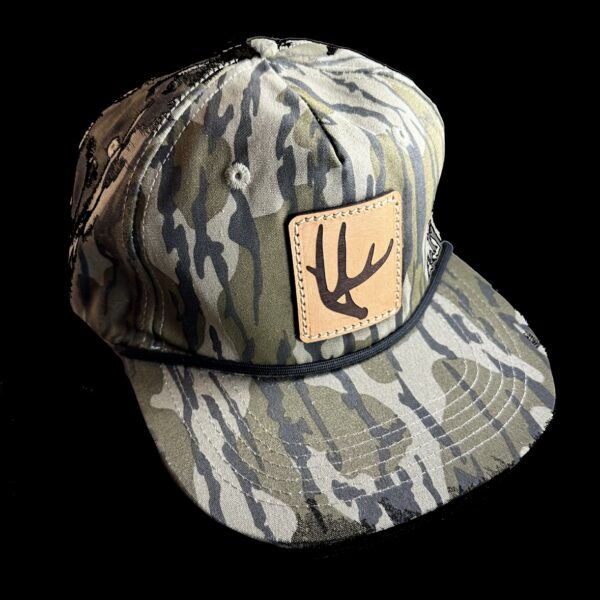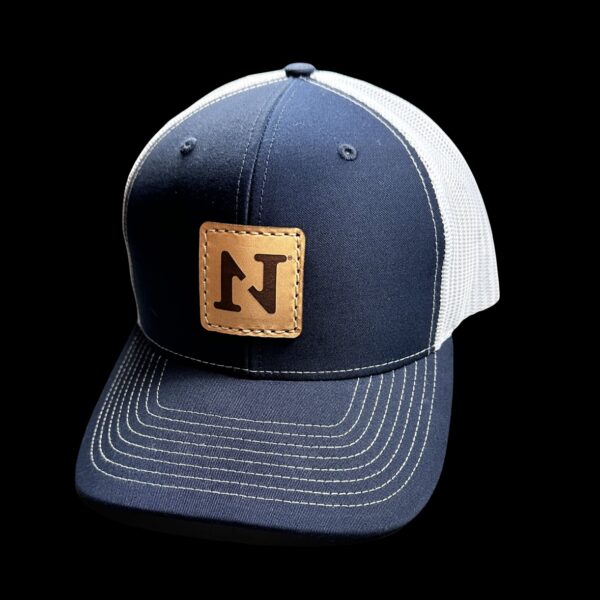Imagine this: Your friend has asked you to accompany them to the shooting range this weekend.
There’s just one problem… you literally have no idea about target practice at a shooting range.
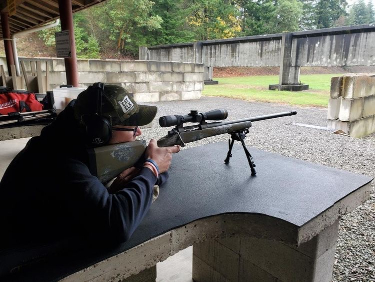
Target shooting has become a popular sport in America. For example, over 11 million people participated in rifle target shooting in 2023. And, did you know that in 2022, there were over 8,500 shooting ranges in the country?
The popularity of target shooting has led to a few therapeutic benefits, including increased self-confidence and improved hand-eye coordination.
And, while these are great, we almost forgot… you’re still worried about not looking like a beginner during the target practice session!
Below, we’ll discuss a few strategies and tips you should know to ensure an enjoyable and stress-free experience at the shooting range.
Shooting Range Tip #1: Always Prioritize Safety

Before you set foot in a shooting range, you need to be sure you familiarize yourself with the range regulations and be sure you have the right safety gear.
IBISWorld reports that the revenue generated from safety equipment was over USD twenty-one billion dollars in 2024.
When it comes to the gun range, beginner safety gear should include the following:
- Protective eyewear. (Shields eyes from debris and the muzzle flash.)
- Earmuffs and earplugs. (Guards the ears from gunfire’s high decibel levels.)
You might also consider:
- Comfortable shooting vest. (Keeps the gear organized.)
- Gloves and closed-toe shoes. (Good-quality ones that allow a better grip.)
Safety doesn’t stop there. As a beginner, you must know a few things about firearm safety. According to the The National Shooting Sports Foundation (NSSF), these tips include the following:
- Point the muzzle in a safe direction.
- Unload the guns when not in use and keep your finger off the trigger.
- Always keep the safety on when not using the gun.
- Be aware of your surroundings.
- Use the right ammunition.
- Clear the barrel of any obstructions before firing.
Apart from this, learn more about the gun you’re using. This includes its handling and mechanical characteristics.
-
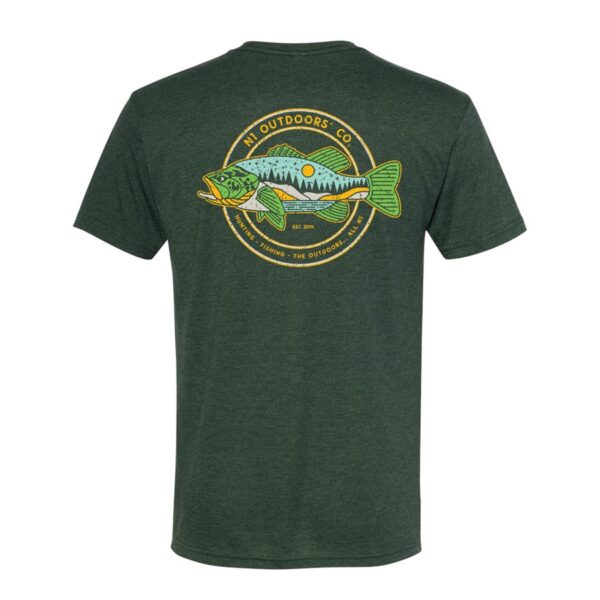 N1 Outdoors® Fishscape™ Outdoor TeePrice range: $28.99 through $32.99
N1 Outdoors® Fishscape™ Outdoor TeePrice range: $28.99 through $32.99 -
Product on sale
 N1 Outdoors® “Sunset Mountain” Tee$15.00
N1 Outdoors® “Sunset Mountain” Tee$15.00 -
Product on sale
 N1 Outdoors® “Lumber Mountain” Tee (Various Colors)$9.00
N1 Outdoors® “Lumber Mountain” Tee (Various Colors)$9.00
Tip #2: Explore Firearm Options and Choose Wisely

According to Gallup, there’s 32 percent of firearm ownership among adults in America. That’s about eighty-one million people above the age of eighteen. Among the guns in ownership, handguns are the most popular.
A shooting range will often have the following firearms that you can choose from:
- Pistols
- Revolvers
- Rifles
- Shotguns
Beginners should choose a firearm that suits their skill level and intended use. For instance, rifles are ideal for sport shooting and hunting. When choosing, ascertain the firearm’s caliber, take note of the grip, etc.
Some beginner weapons you can choose from include the following:
- A manageable .22 caliber rifle or pistol because of its low recoil and easy controls.
- Semi-automatic handguns and revolvers can also be a versatile option for beginners for their reliability and simplicity.
- LWRC AR-15 due to its adaptable and customizable features.
- Many beginners will be intrigued by the LWRC AR-15 rifles. Before trying one out on the gun range, you should first learn more here about their modular design, light weight, and versatility. According to Xtreme Guns & Ammo, this rifle can come with a proprietary gas piston system that ensures precision and exceptional reliability. (Upgrades include a one-piece nickel-boron-coated bolt and cold-hammer-forged spiral fluted barrel.)
Tip #3: Understanding the Commands At The Shooting Range
However, long-range, large caliber rifles (exceeding .80) are often prohibited.
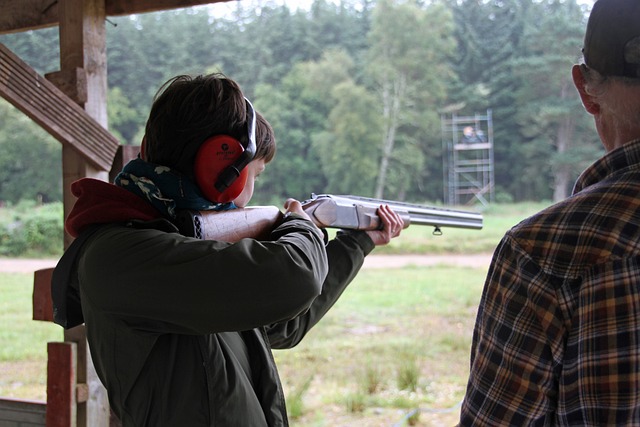
As a beginner, you’ll have to learn about the various yardage ranges. 25-yard to 200-yard shooting ranges are typically designated for hand-held rifles, muzzleloaders, pistols, etc. You can also use shotguns with slugs as well as revolvers.
NRA states that it’s crucial to understand range commands if you’re new to target practice. The common ones given by the officer include the following:
- Range hot: It means shooting is about to commence.
- Load: You can load the firearm once on the firing line.
- Commence firing: You can start shooting at the target.
- Cease firing: You must stop firing immediately and remove your hand from the trigger.
- Range cold: You must unload or reload the firearms.
Before you start target practice, remember to:
- Assume a stable stance by placing your feet shoulder-width apart.
- Lean your body forward and keep your knees bent slightly.
- Grip the gun firmly with both hands, but keep your shoulders relaxed.
- Focus on sight alignment to get a centered and clear target range.
- Breathe properly and gently squeeze the trigger.
When pulling the trigger, ensure that it’s controlled and smooth. Always avoid jerking the firearm off the target.
Final Thoughts
Target range shooting can be a fun and therapeutic, but can be dangerous if you aren’t aware of certain target practice tips. So, be sure to do your homework, be prepared and alert, and prioritize safety when handling any firearm.
Safe shooting!

